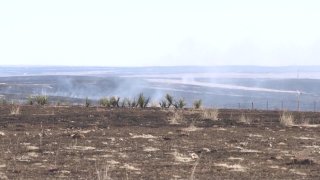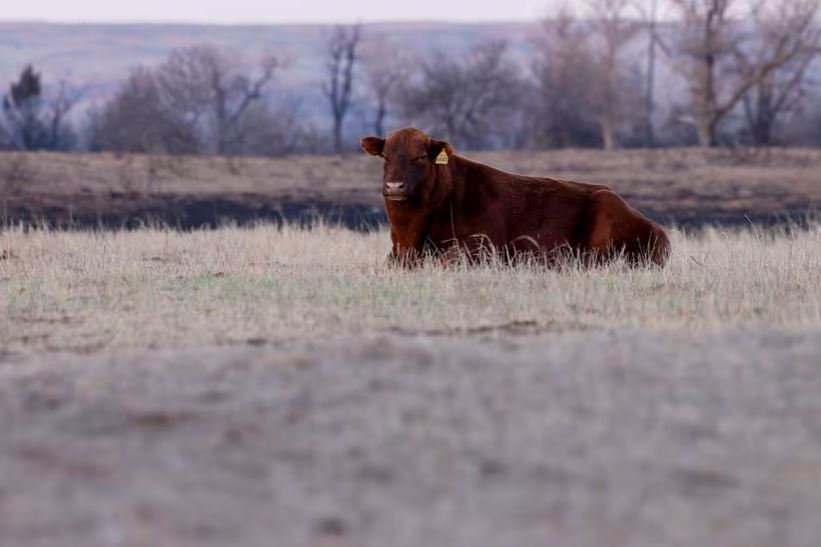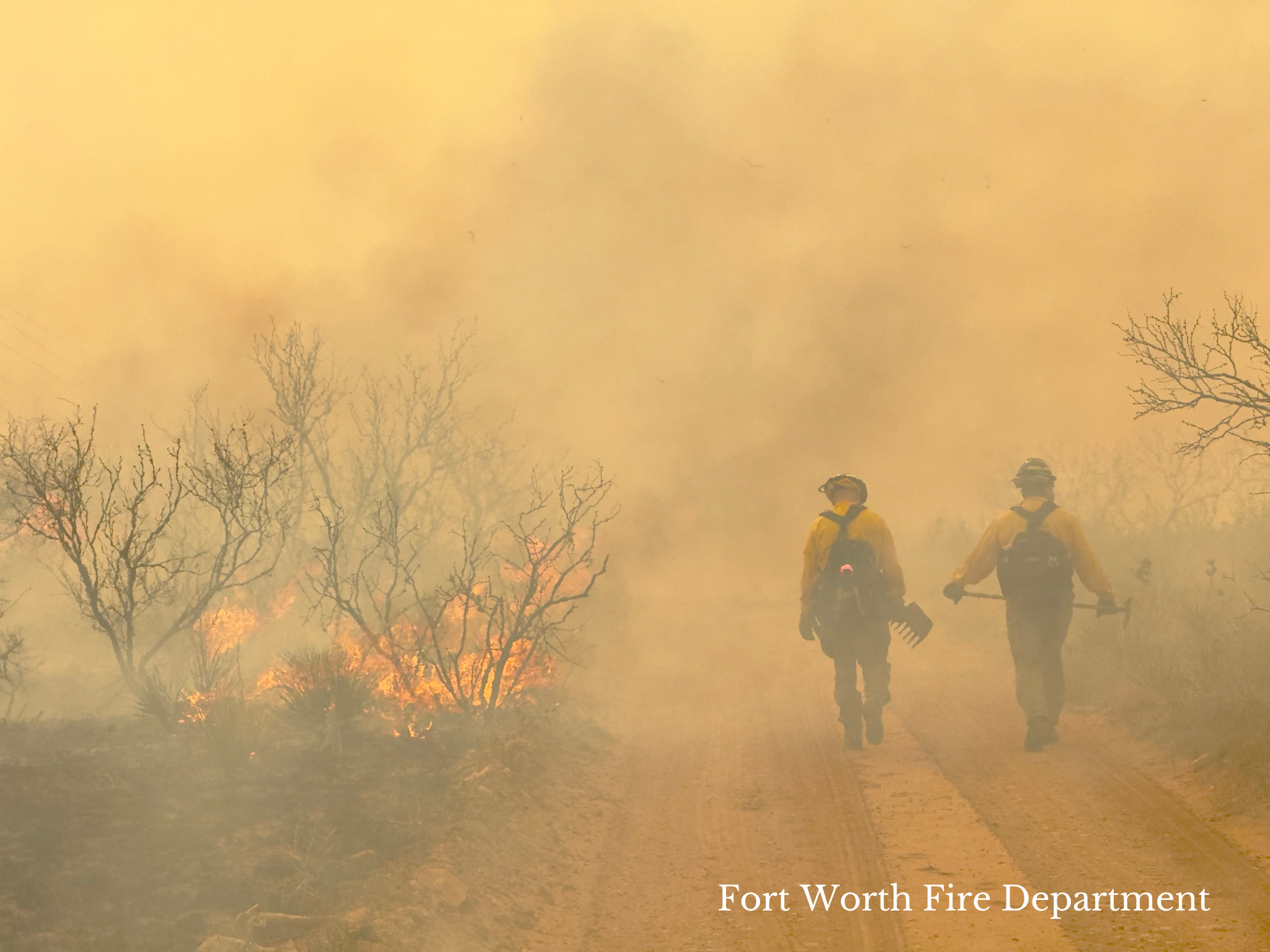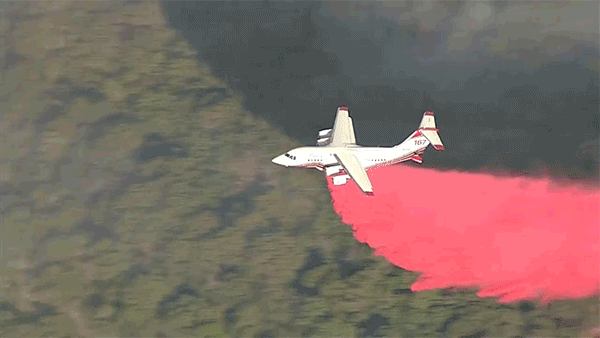
The largest wildfire in Texas history is 100% contained, according to the Texas A&M Forest Service.
The forest service said Saturday that all state resources battling the Smokehouse Creek fire had been released and local firefighters were putting out the remaining hot spots.
The fire scorched more than 1 million acres, killed two people, and destroyed hundreds of homes, farms, and ranches while killing thousands of heads of livestock.
The fire is believed to have been started on Feb. 26 by equipment owned by utility provider Xcel Energy.
Get DFW local news, weather forecasts and entertainment stories to your inbox. Sign up for NBC DFW newsletters.
“Based on currently available information, Xcel Energy acknowledges that its equipment appears to have been involved in an ignition of the Smokehouse Creek fire,” the company stated.
In the statement, the Minnesota-based company disputed claims that “it acted negligently” in maintaining and operating infrastructure.
Firefighters around the state, including North Texas, were called to the Panhandle to help fight the inferno.
SMOKEHOUSE CREEK FIRE
STAR FUND RECEIVES $800,000 FOR TEXAS FARMERS, RANCHERS IMPACTED BY WILDFIRES
Texas Agriculture Commissioner Sid Miller said the State of Texas Agriculture Relief (STAR) Fund received more than $800,000 in donations to support relief and recovery efforts for Texas farmers and ranchers devastated by the Panhandle wildfires.
"I am deeply grateful to everyone who has contributed to the STAR Fund to support our fellow Texans in their time of need," Commissioner Miller said. "The overwhelming response demonstrates the strength of our Texas spirit and our commitment to standing together in times of crisis."
The STAR Fund, administered by the Texas Department of Agriculture (TDA), provides financial assistance to agricultural producers who have suffered losses from natural disasters, including wildfires, floods, hurricanes, and droughts. The funds collected will be distributed directly to those in need to help cover expenses such as livestock feed, fencing repairs, and other essential recovery efforts.
"I want to assure all those affected by the Texas Panhandle wildfires that help is on the way," Miller said. "We are working tirelessly to ensure that assistance reaches those who need it as quickly as possible. If you haven’t donated, I encourage you to consider contributing. There is still a long road of recovery ahead of us.”
The TDA said there were more than 1,600 individual contributions to the STAR Fund, but the majority of the donations came from H-E-B Chairman Charles Butt who put $500,000 into the fund.
“Our hearts go out to all those impacted by this disaster, which has grown to become the largest wildfire event in the state’s history,” said Winell Herron, H-E-B Group Vice President of Public Affairs, Diversity, and Environmental Affairs. “At H-E-B, we’re here to serve all Texans. Together with our Chairman and the entire H-E-B family, we will work to ensure affected communities can recover from this tragic event.”
For those who wish to contribute to our STAR Fund, please visit the Texas Department of Agriculture website for more information on how to donate.
TEXAS WILDFIRES
TEXAS WILDFIRE MAPS
2011 TEXAS WILDFIRES
In April 2011, during an extreme drought, four out-of-control wildfires burning in close proximity to each other were dubbed The Possum Kingdom Complex Fire. The fires scorched 126,000 acres of parched Texas ranch land and destroyed 168 homes and two churches.
Senior Meteorologist David Finfrock said in the NBC 5 docu-series Inside the Storm: Texas Burning, that at that time the period from August 2010 to July 2011 was the driest 12 consecutive months on record.
Later that summer, in August, a second fire erupted near the lake called the PK 101 Ranch fire. That fire burned more than 6,000 additional acres on the south side of the lake and destroyed nearly 40 more homes.
On Sept. 4, 2011, a massive wildfire erupted in Central Texas. The Bastrop County Complex Fire, east of Austin, became the most destructive wildfire in Texas history. More than 1,600 homes and structures were destroyed when 32,000 acres were scorched, including 96% of the 6,565-acre Bastrop State Park. Two people died in the fires.
During that 2011 fire season, the Texas A&M Forest Service said more than 31,000 fires burned more than four million acres across the state and destroyed 2,947 homes.






